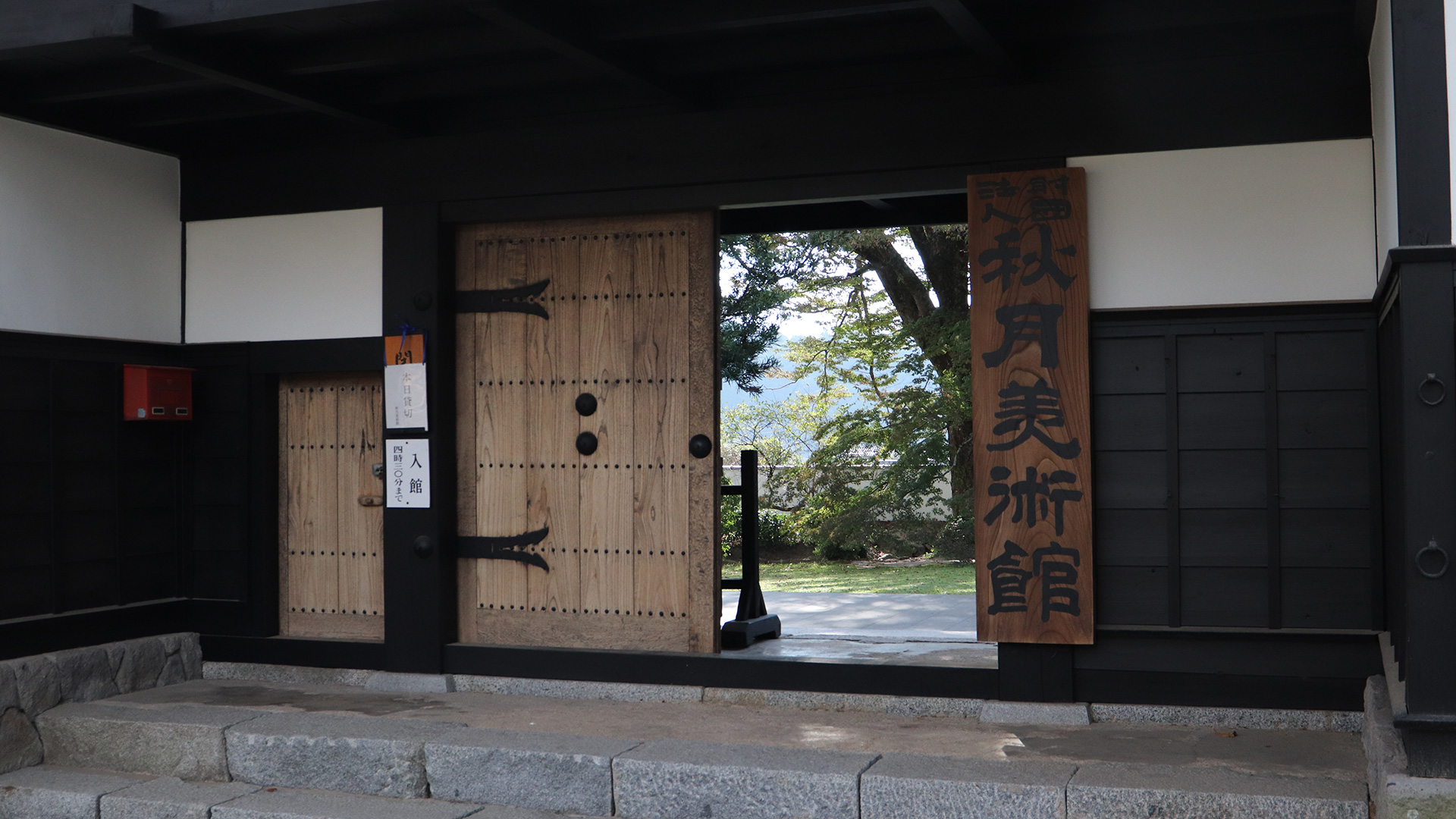
Akizuki, located in Asakura City, Fukuoka Prefecture, is a refined castle town often referred to as the “Little Kyoto of Chikuzen.” In spring, cherry blossoms adorn the streets; in autumn, vibrant foliage adds color to the landscape—quietly nourishing the hearts of those who visit. The gentle murmur of the Notorigawa River and the ridgeline of Mount Kosho weave together a tranquil scenery, offering a sense of being embraced by nature itself. Leading to the ruins of Akizuki Castle is Sugi-no-Baba, a historic path once used by samurai for horseback training. Today, it is lined with cherry trees stretching over 500 meters, forming a breathtaking “tunnel of blossoms” each spring that continues to enchant countless visitors. One of the cultural pillars of this town is the Akizuki Museum of Art, where heirloom pieces of Takatori ware—renowned as tea ceramics—are quietly displayed. Through these works, the museum gently conveys the aesthetic sensibility and layered history of Akizuki.
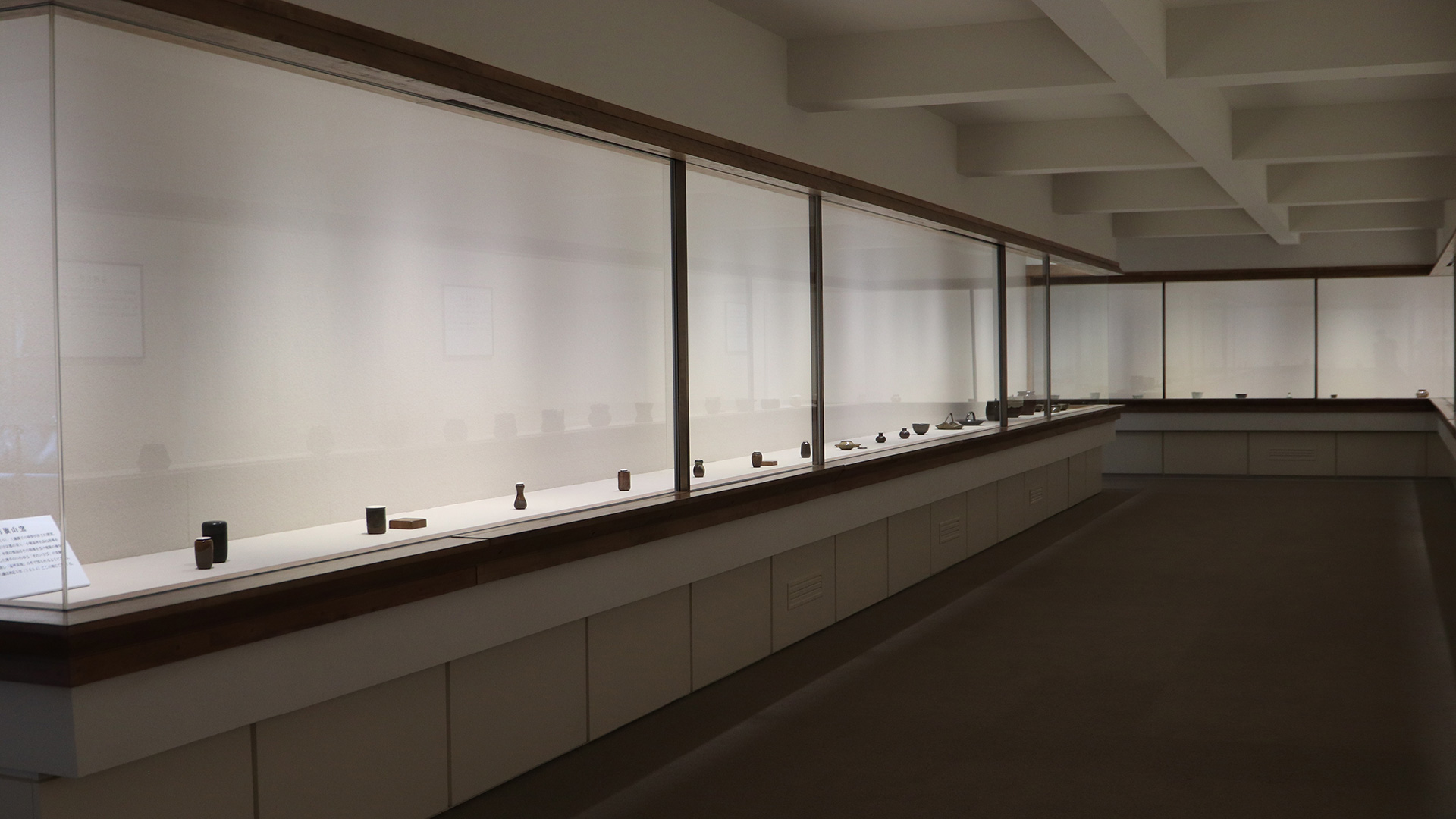
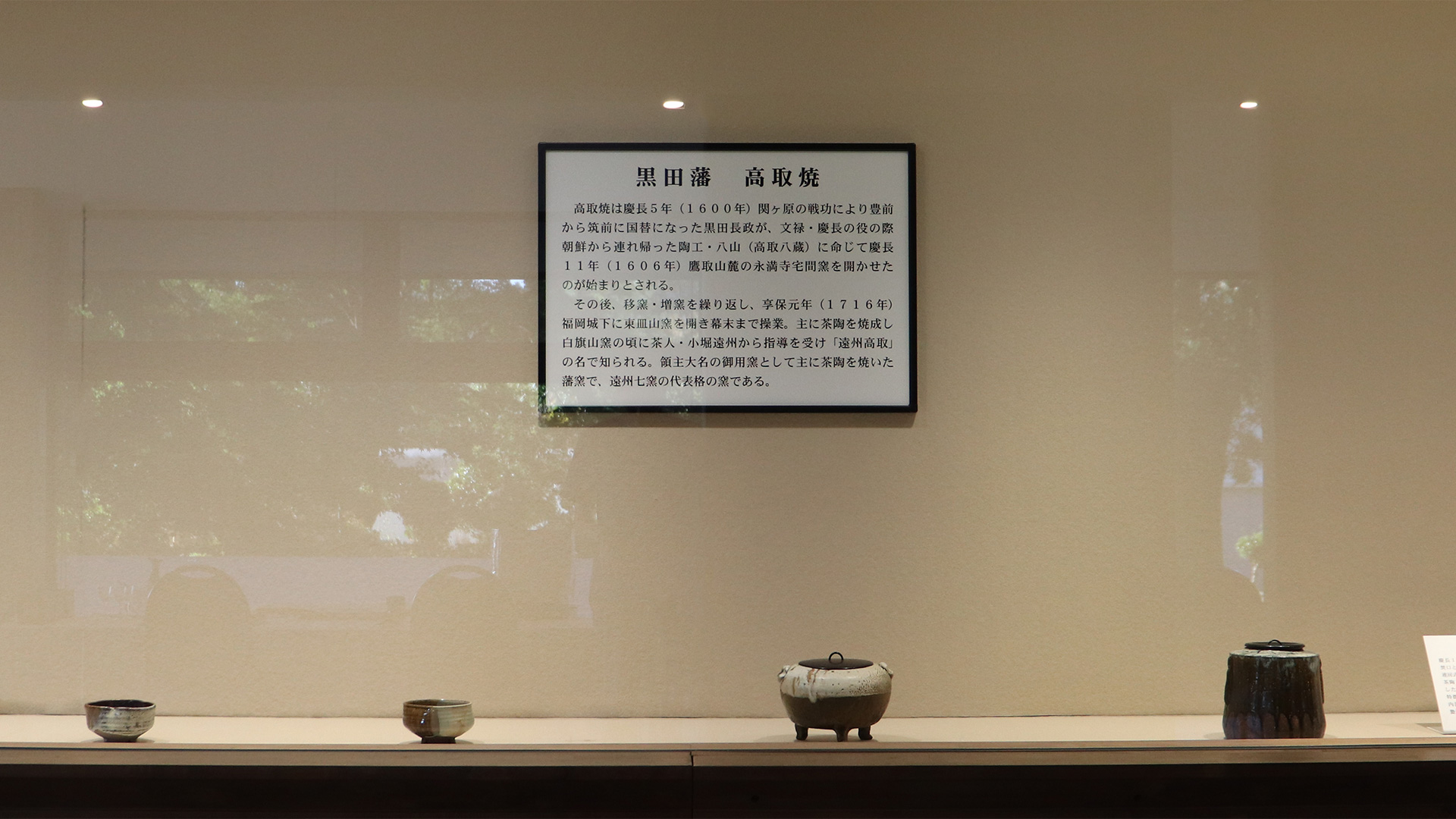
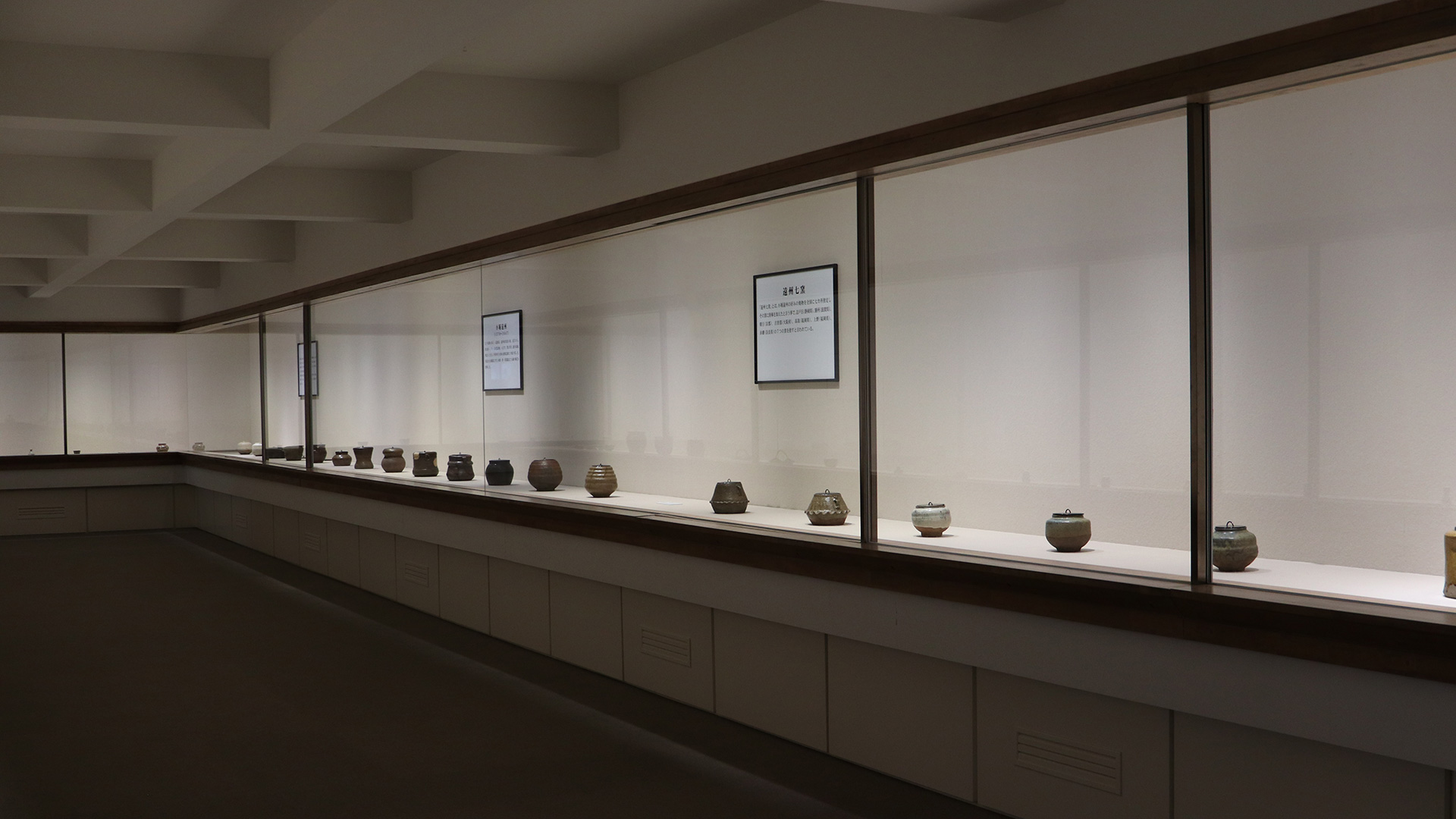
The exhibition offers a clear and elegant overview of the evolution of Takatori ware, beginning with the early Eimanji Takuma kiln and unfolding through multiple relocations over time. The transitions of the kilns and the stylistic shifts across eras are precisely captured, with a carefully curated selection of works displayed in a manner that is both orderly and refined—imbuing the space with a quiet, contemplative atmosphere.
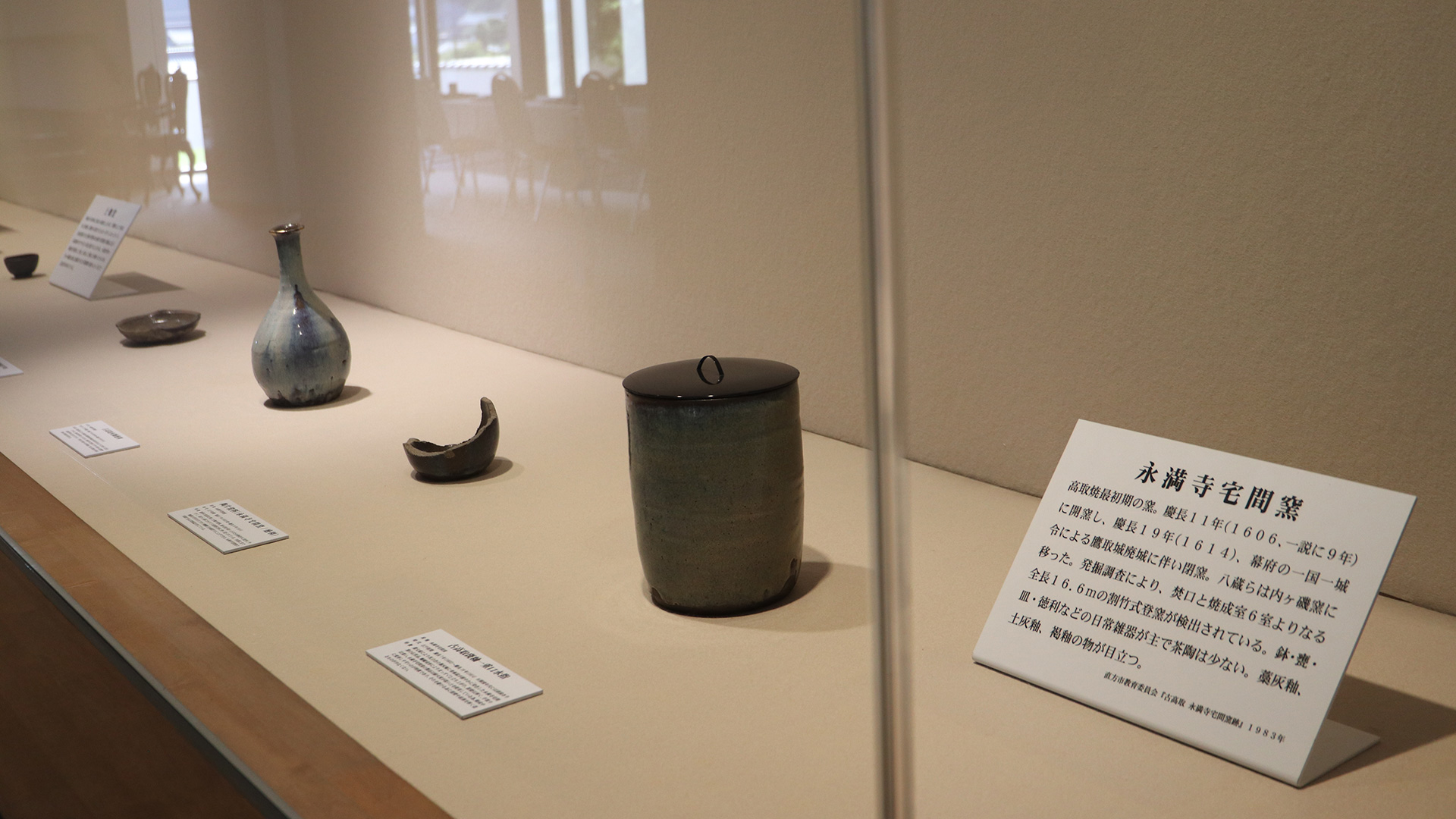
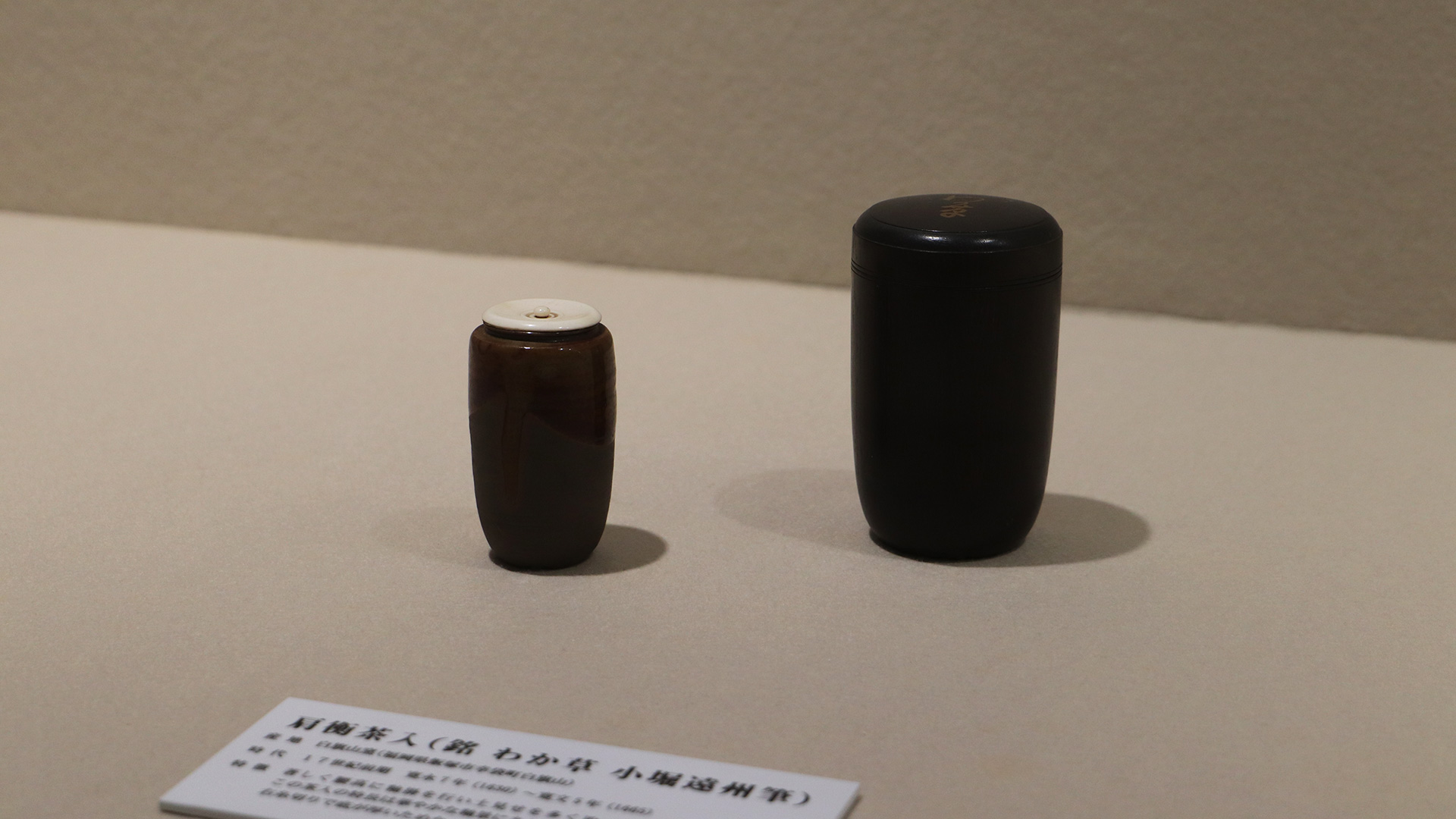
On the second floor, visitors are welcomed by works unearthed from ancient kiln sites, alongside examples of Sue ware—porcelain once produced in the official kilns of the Fukuoka domain. These pieces transcend time, quietly inviting reflection and connection across centuries.
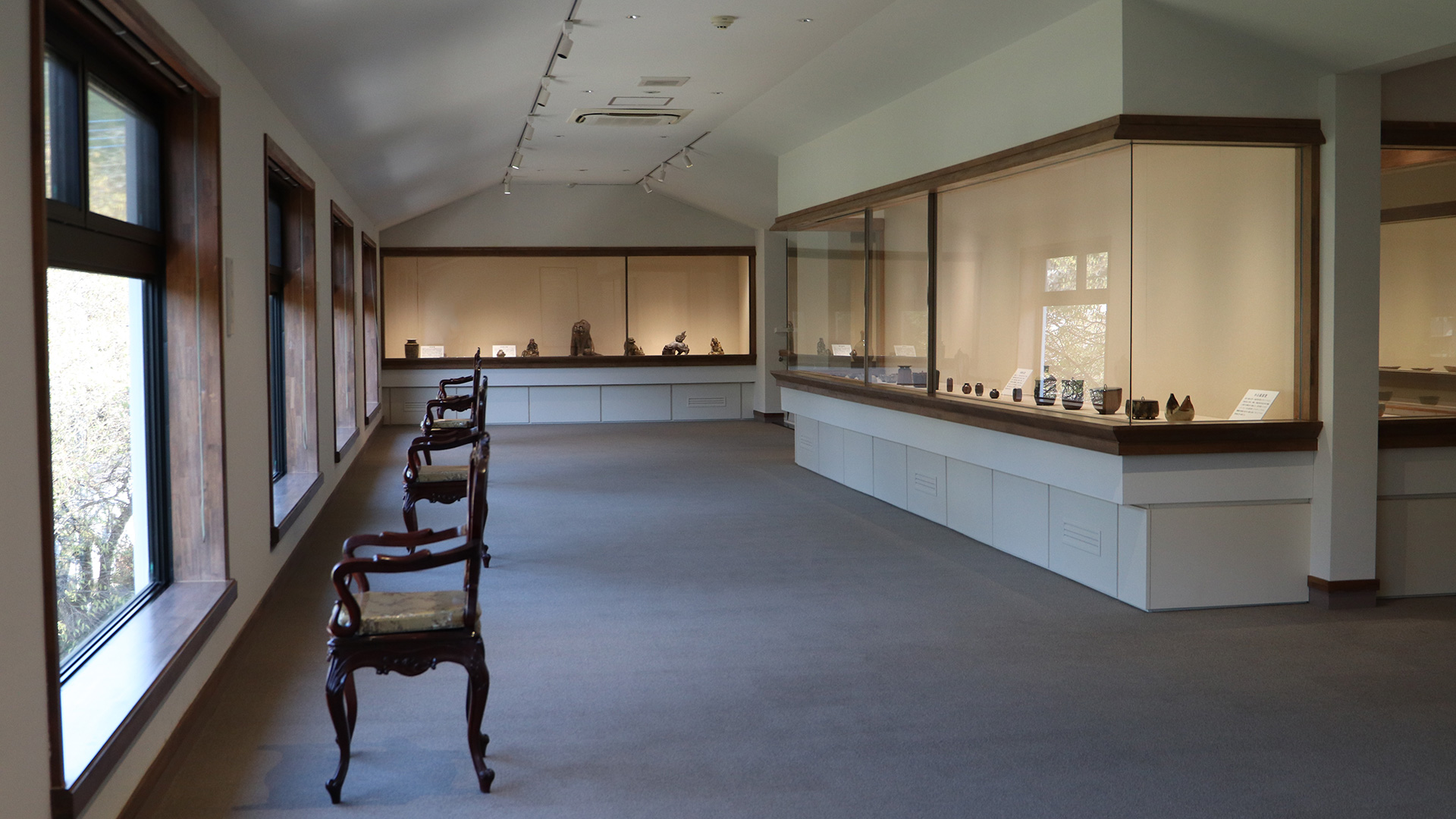
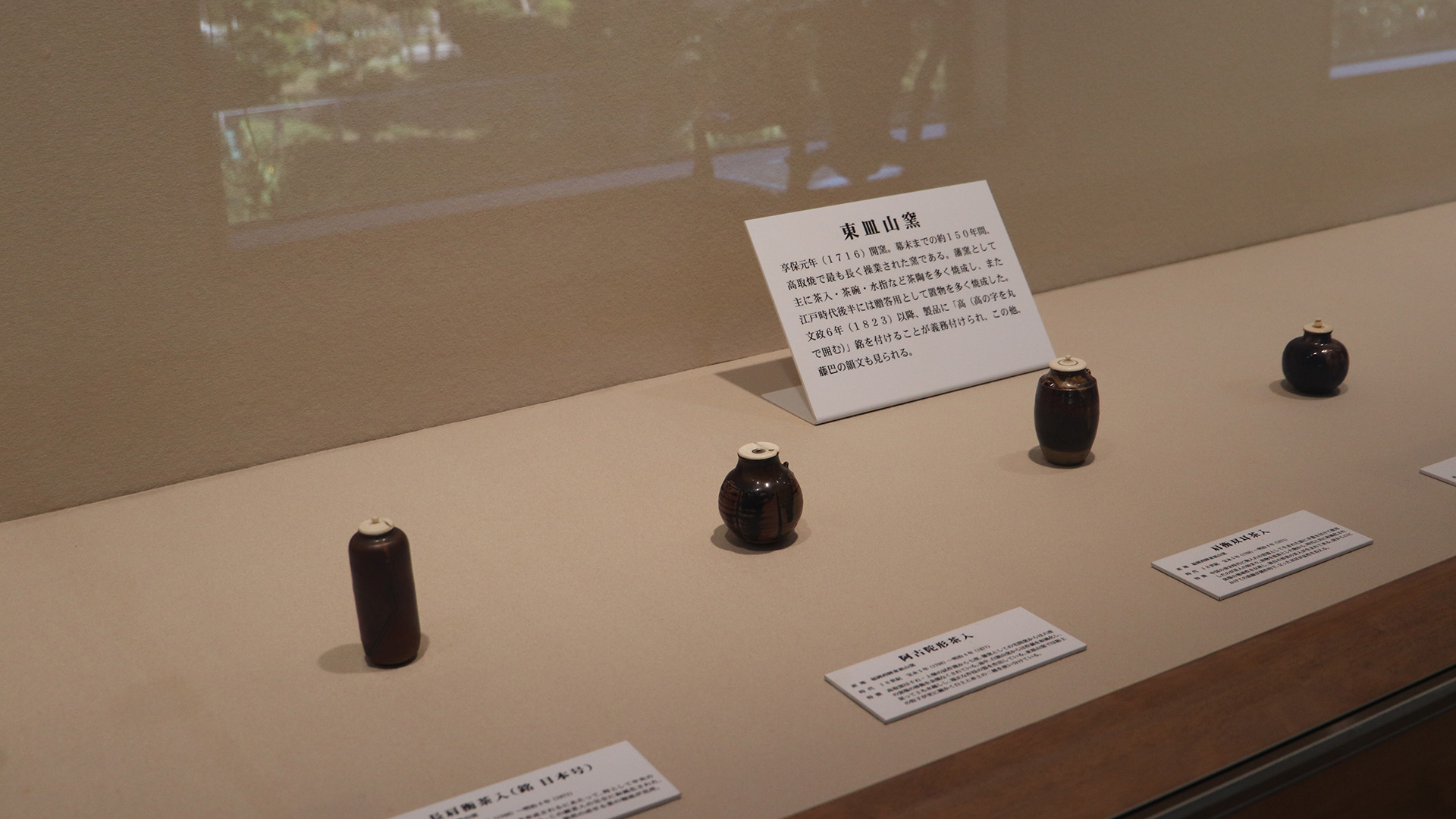
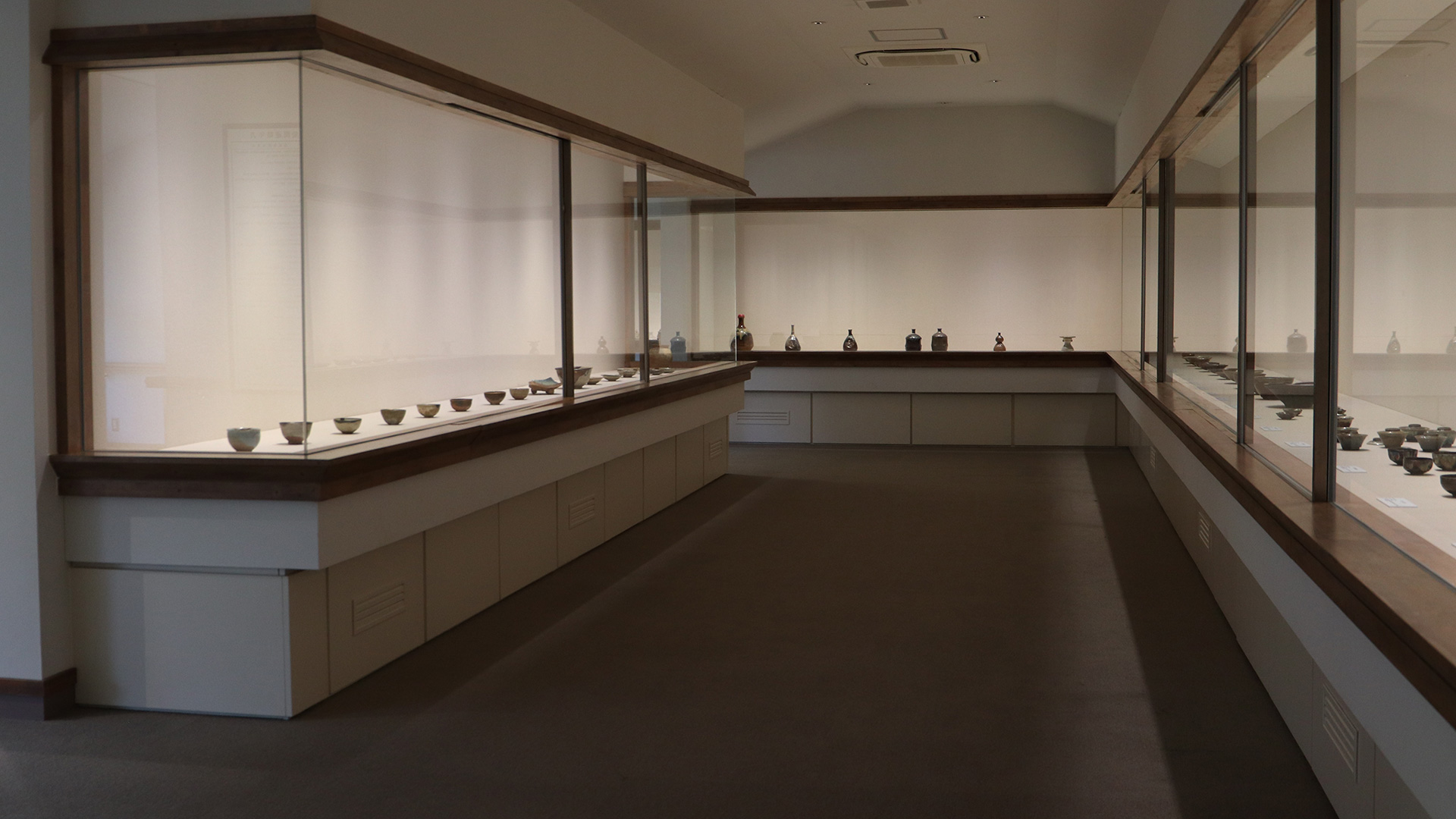
Following the “Early Summer Gathering” held in 2023 at the Archives of Dazaifu Tenmangū Shrine, we were honored to host the Akizuki Tea Gathering this year with the generous support of the Akizuki Museum of Art. Set against the museum’s esteemed collection of Takatori ware, the event was designed as a multisensory cultural experience. The host’s refined arrangement transformed the garden into a tokonoma alcove, serving as the waiting area. On the table stood a statue of Idaten, while the hanging scroll featured Shigetsu Hotei by Zen master Sengai. Thus, the story unfolded—leading guests gently into the tea-serving space.
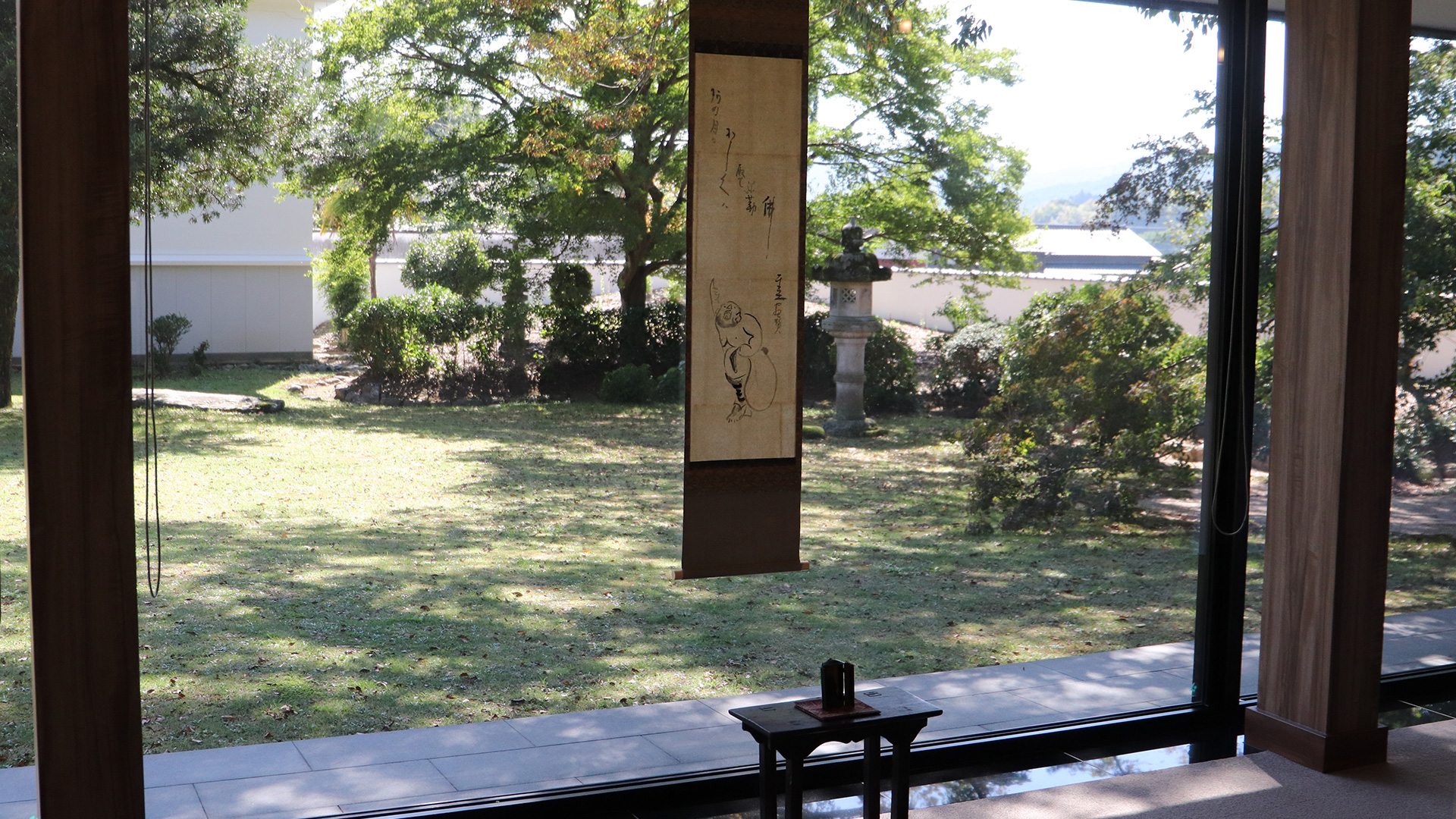
This year’s light meal was graciously provided by Setisakana Sushi Sō. Our connection with Sushi Sō was made through a guest who is as close as an elder brother to us, and we are deeply grateful that they kindly accepted the invitation to participate in this gathering. Takatori ware, known as one of the Enshū Seven Kilns under the guidance of Kobori Enshū, is deeply intertwined with the culture of chanoyu (the Way of Tea). On a day when the lingering summer heat was particularly intense, we paired the refined wabi elegance favored by Enshū with baccarat pieces that added a refreshing touch to the atmosphere.
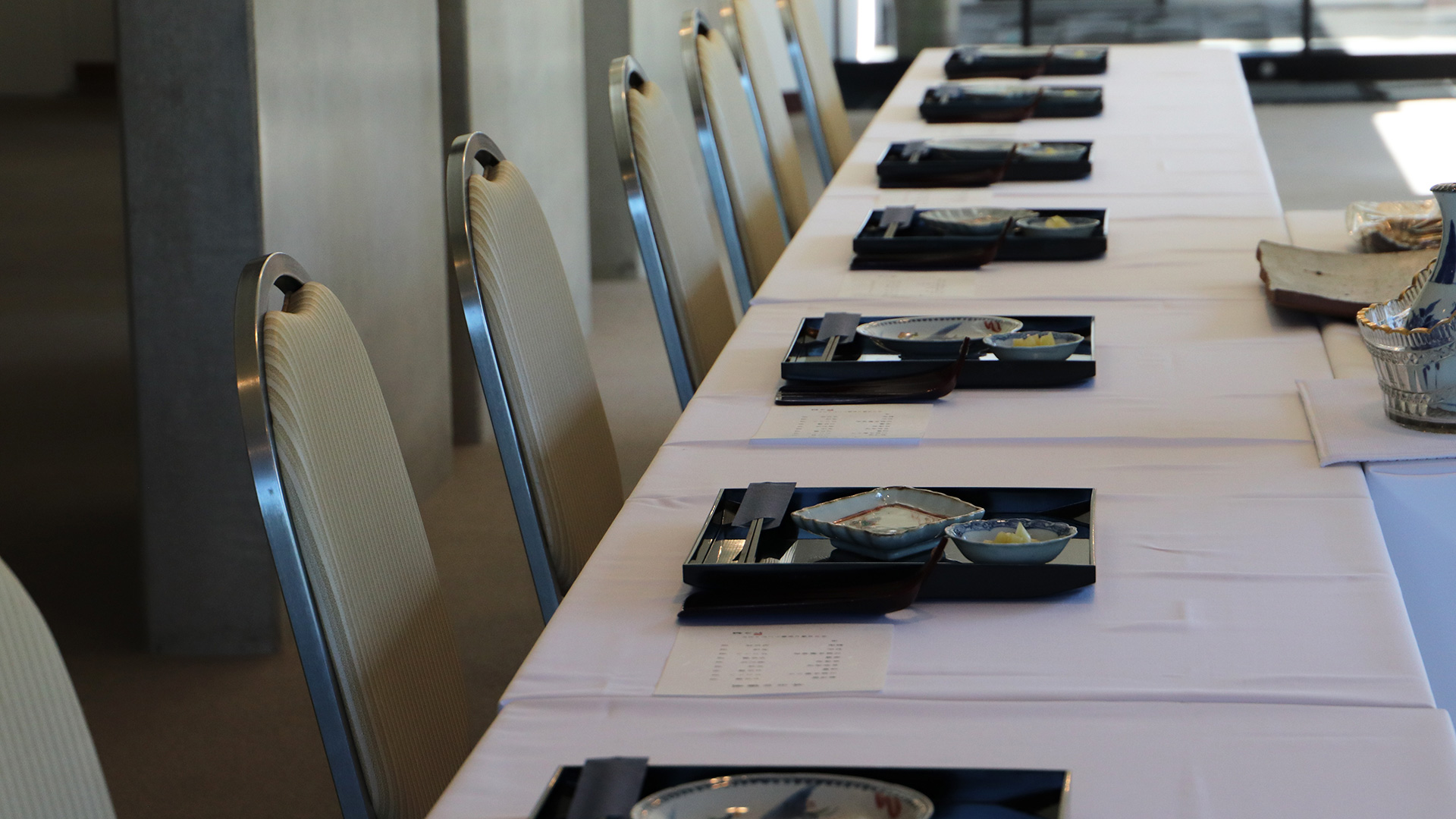
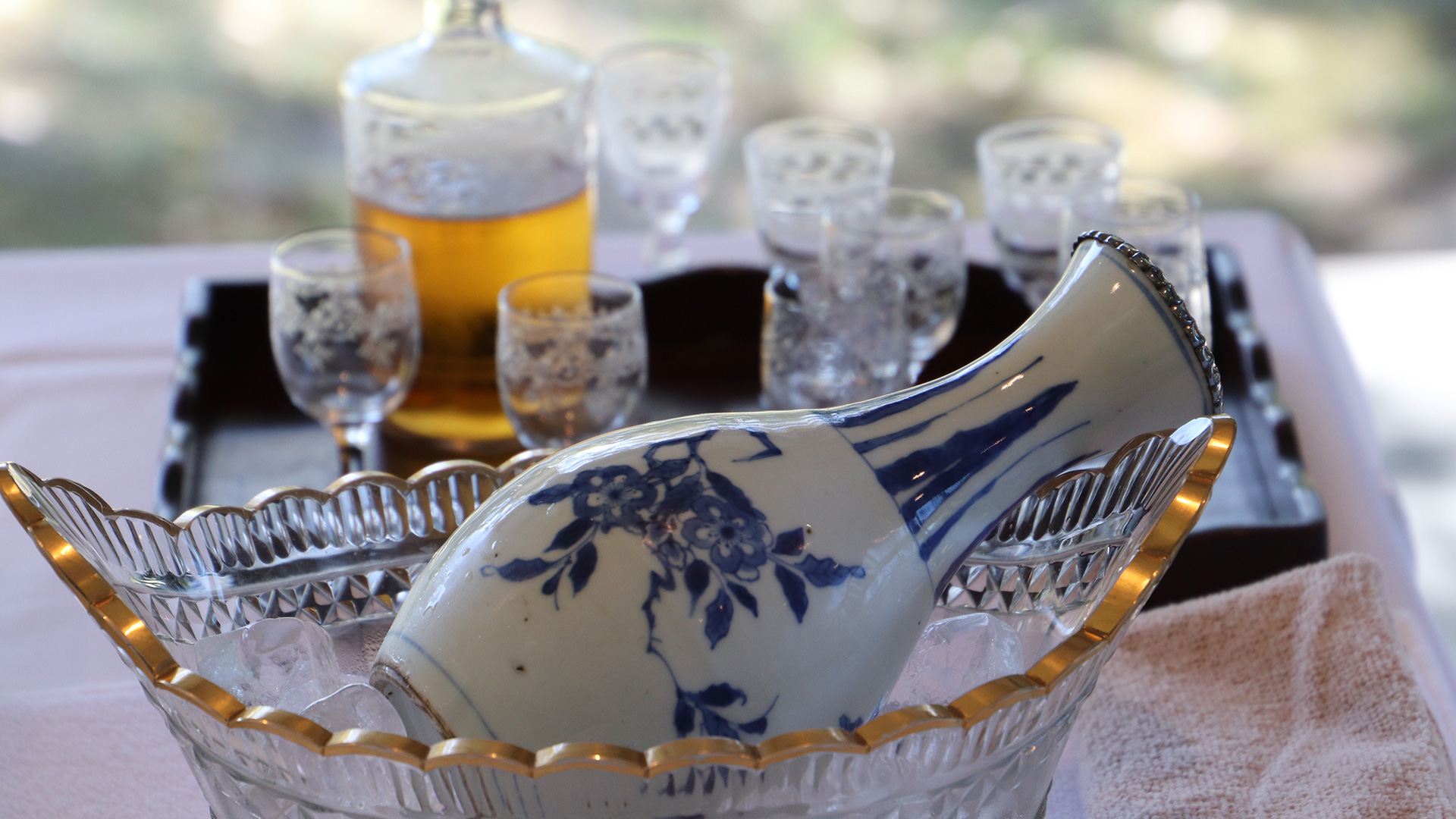
Before a sweeping expanse of greenery, time slows, and the heart gently unravels. A moment of quiet dignity—an extraordinary space suspended in stillness.
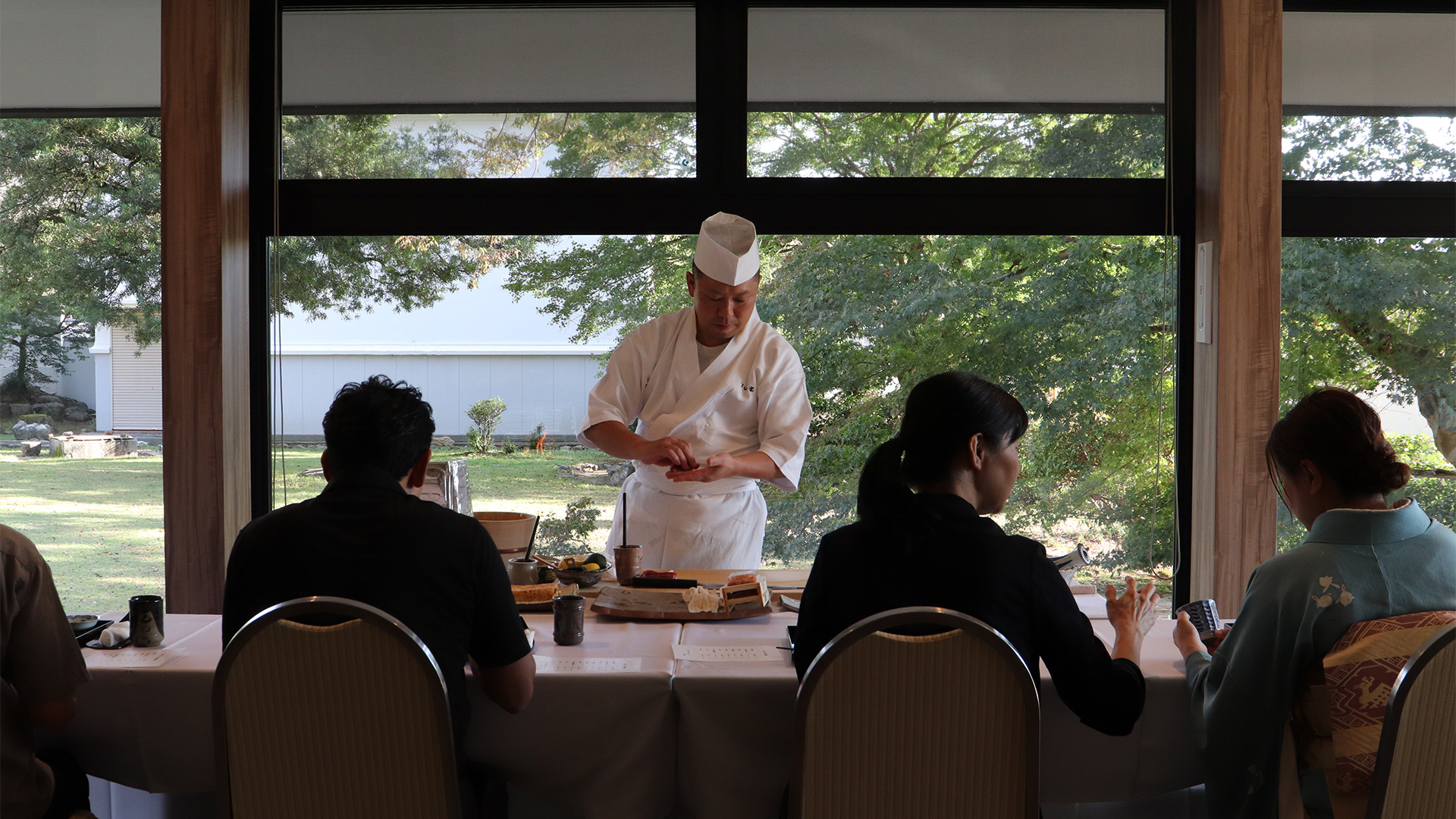
Each piece crafted by Hidekazu Sō reflects a deep reverence for seasonal fish and a heartfelt celebration of traditional festivals. The matured white fish, revealing its depth of flavor over time, and the delicate sea urchin, gently evoke the memory of the tide.
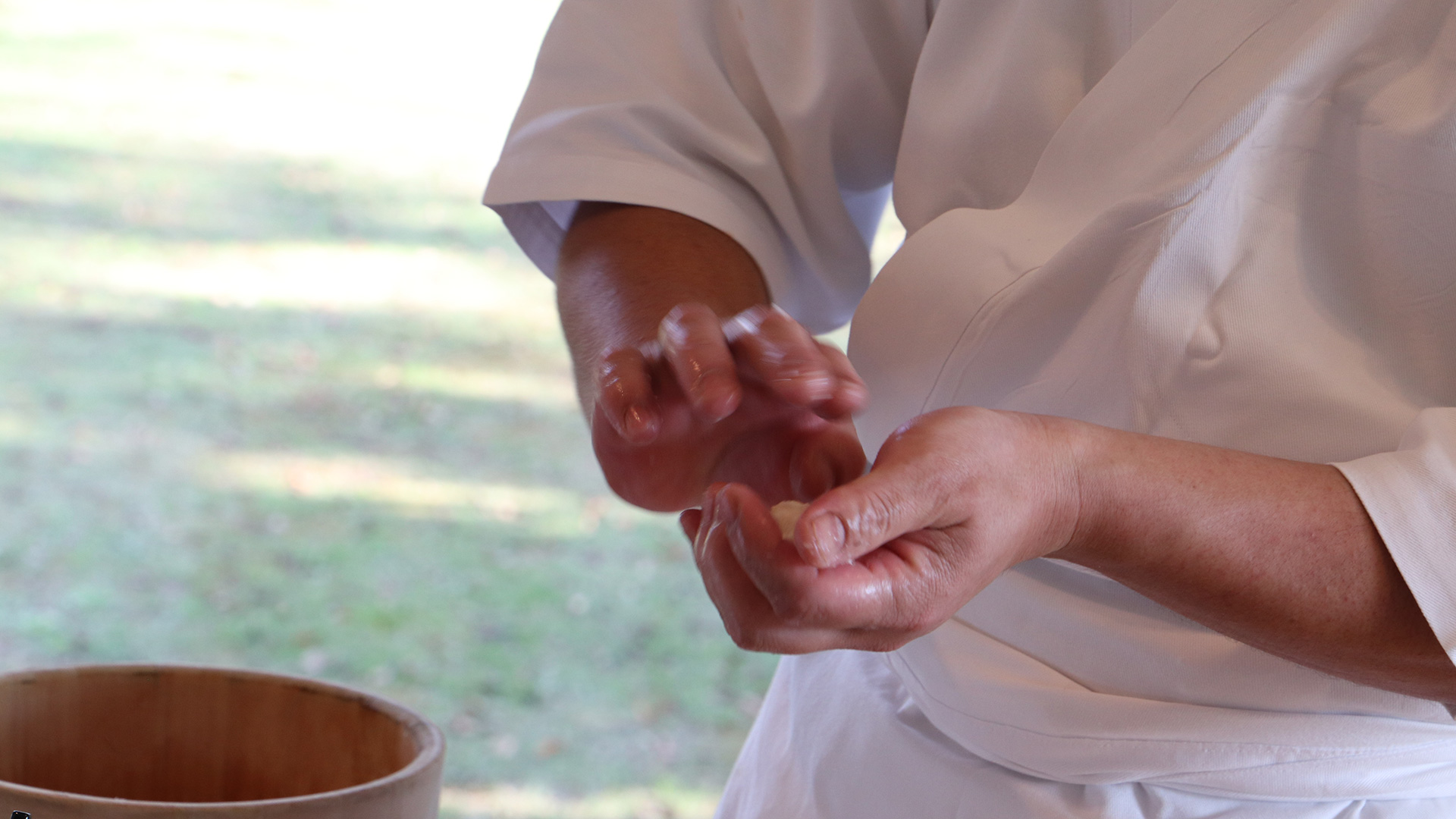
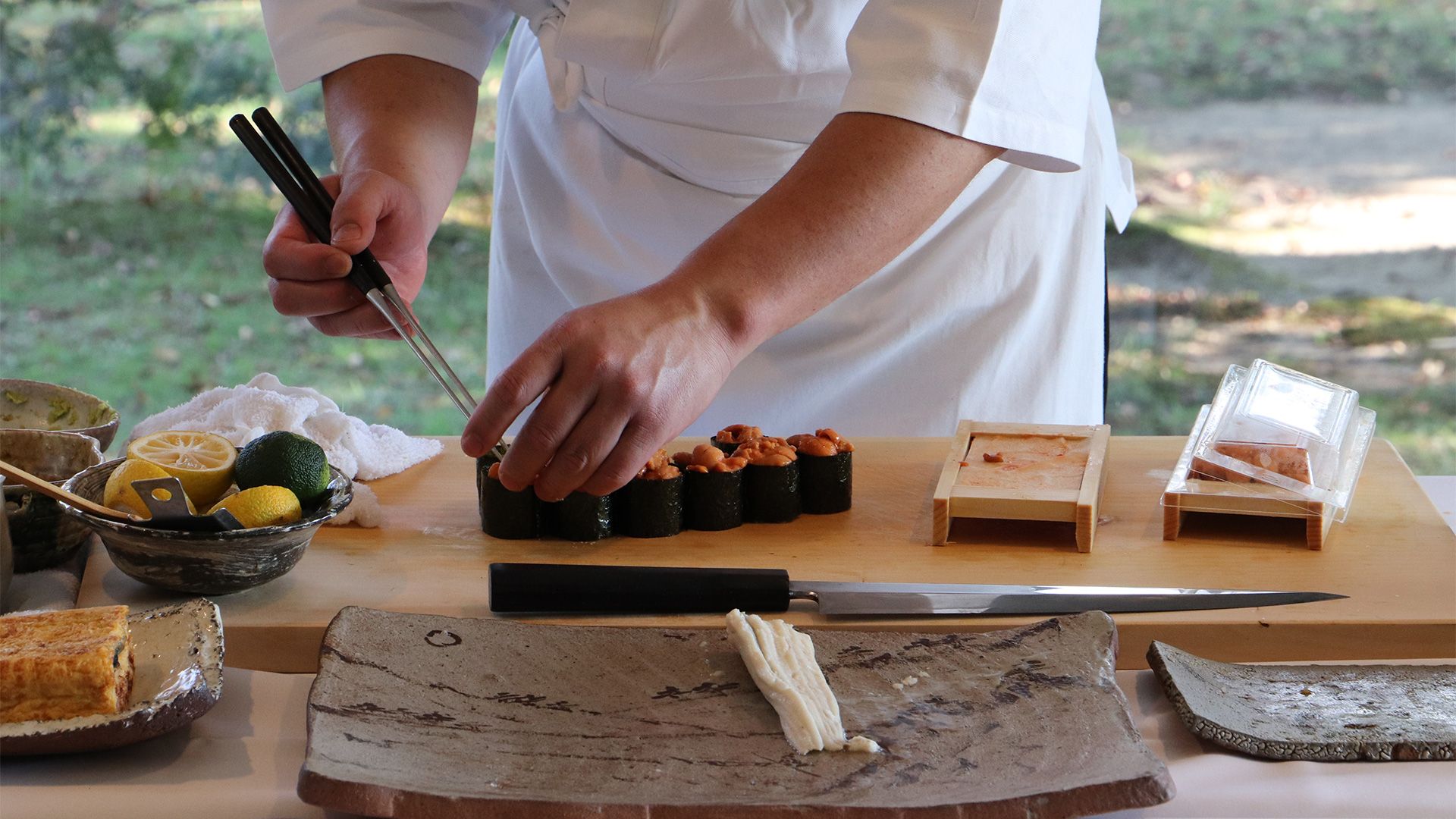
The restrained elegance and gestures that honor each ingredient resonate deeply with the spirit of chanoyu, quietly reflecting the changing seasons.
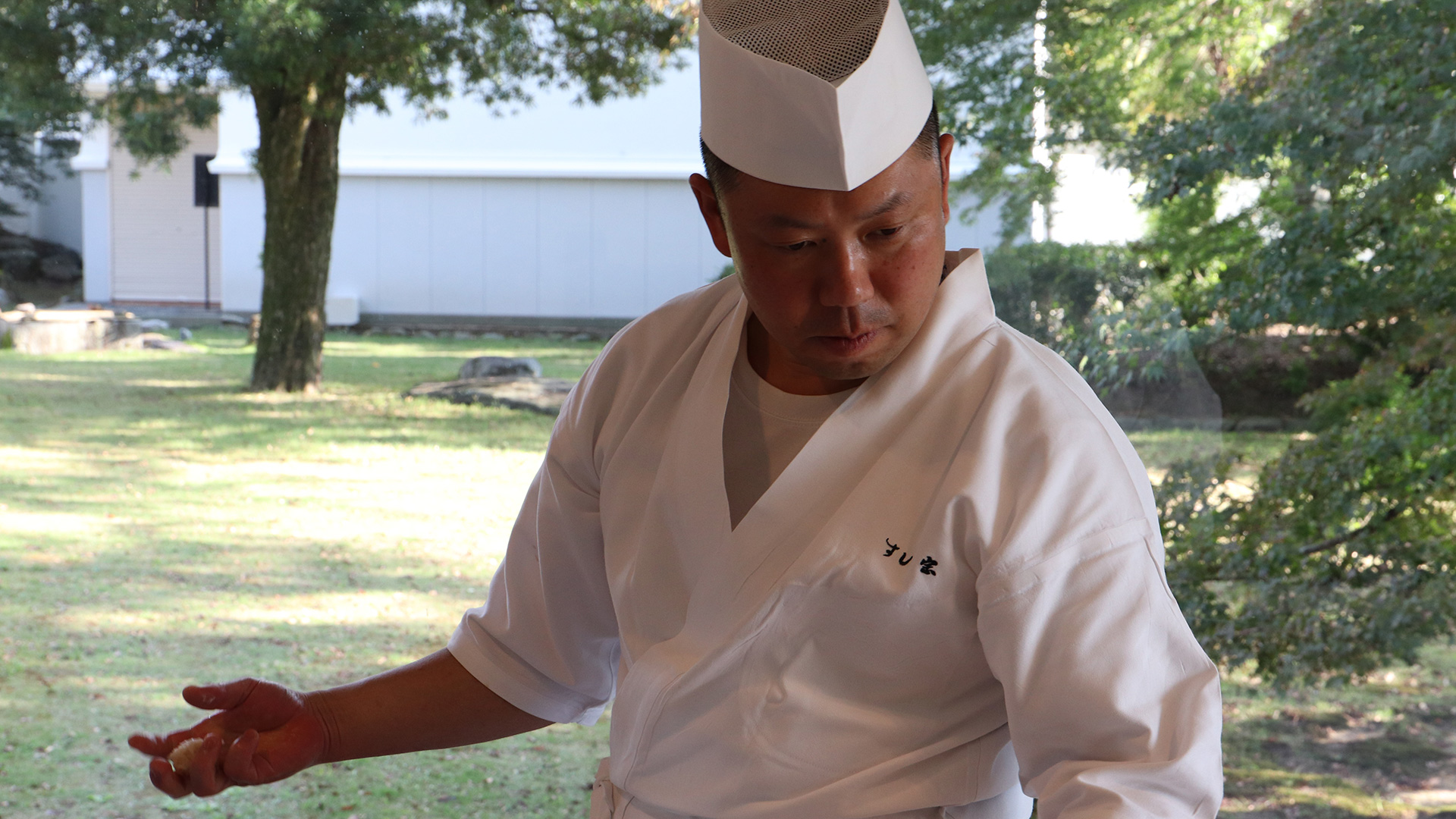
The tea gathering was held in a secluded tearoom nestled within a detached wing of the museum. Serving as hosts were Reverend Akiyoshi Yamanishi and Mr. Yū Yamanishi of Kōmyōji Temple in Hyōgo Ward, Kobe. Rooted in the teachings of Shinran Shōnin and expressed through the Yabunouchi school of tea, their practice fosters human connection and conveys both culture and prayer—an endeavor that resonates deeply with people across regions. Thanks to Reverend Yamanishi’s warm presence and widespread admiration, this gathering quickly reached full capacity upon opening for registration, drawing participants not only from Kyushu but also from the Kansai area and beyond.
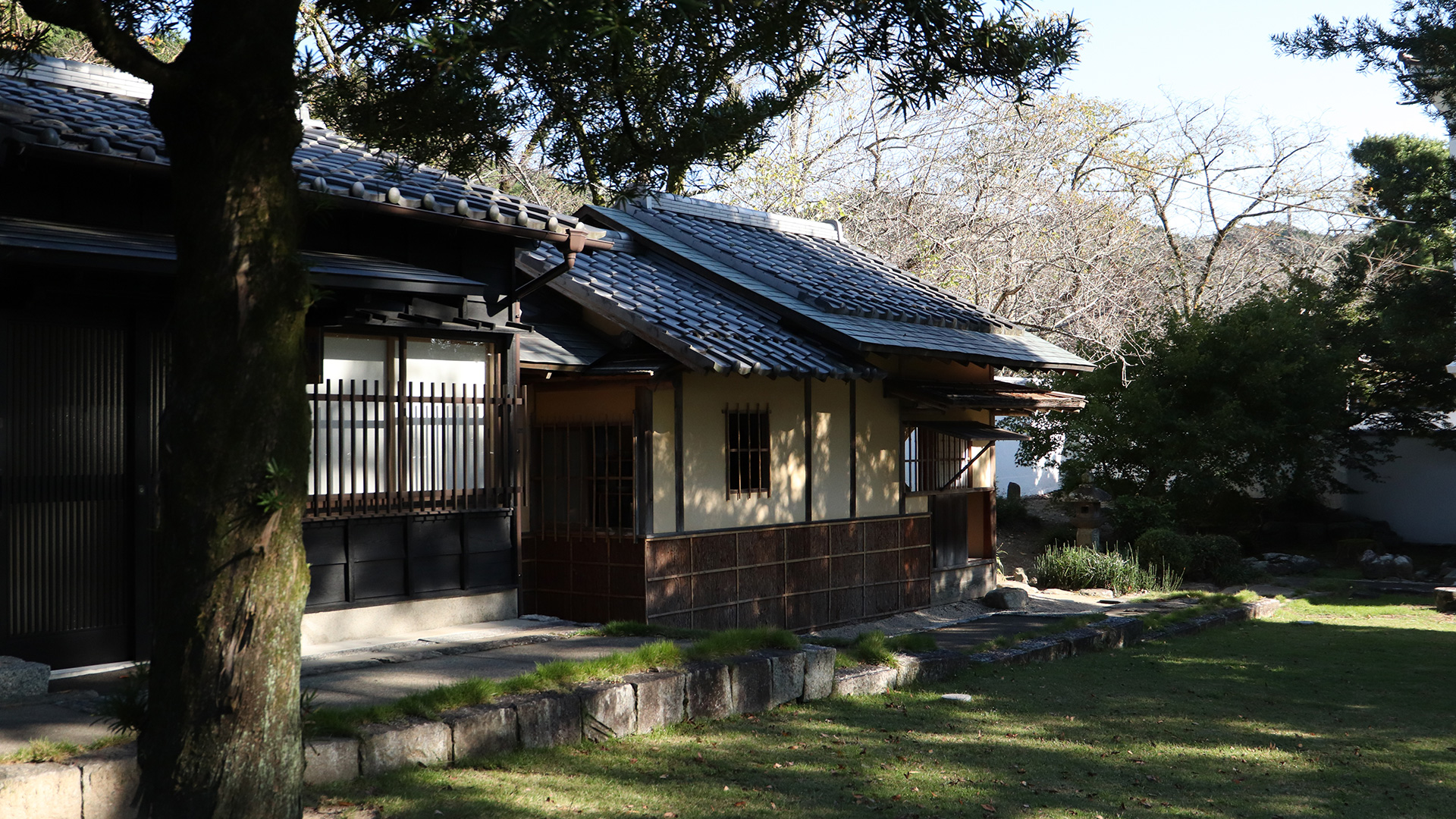
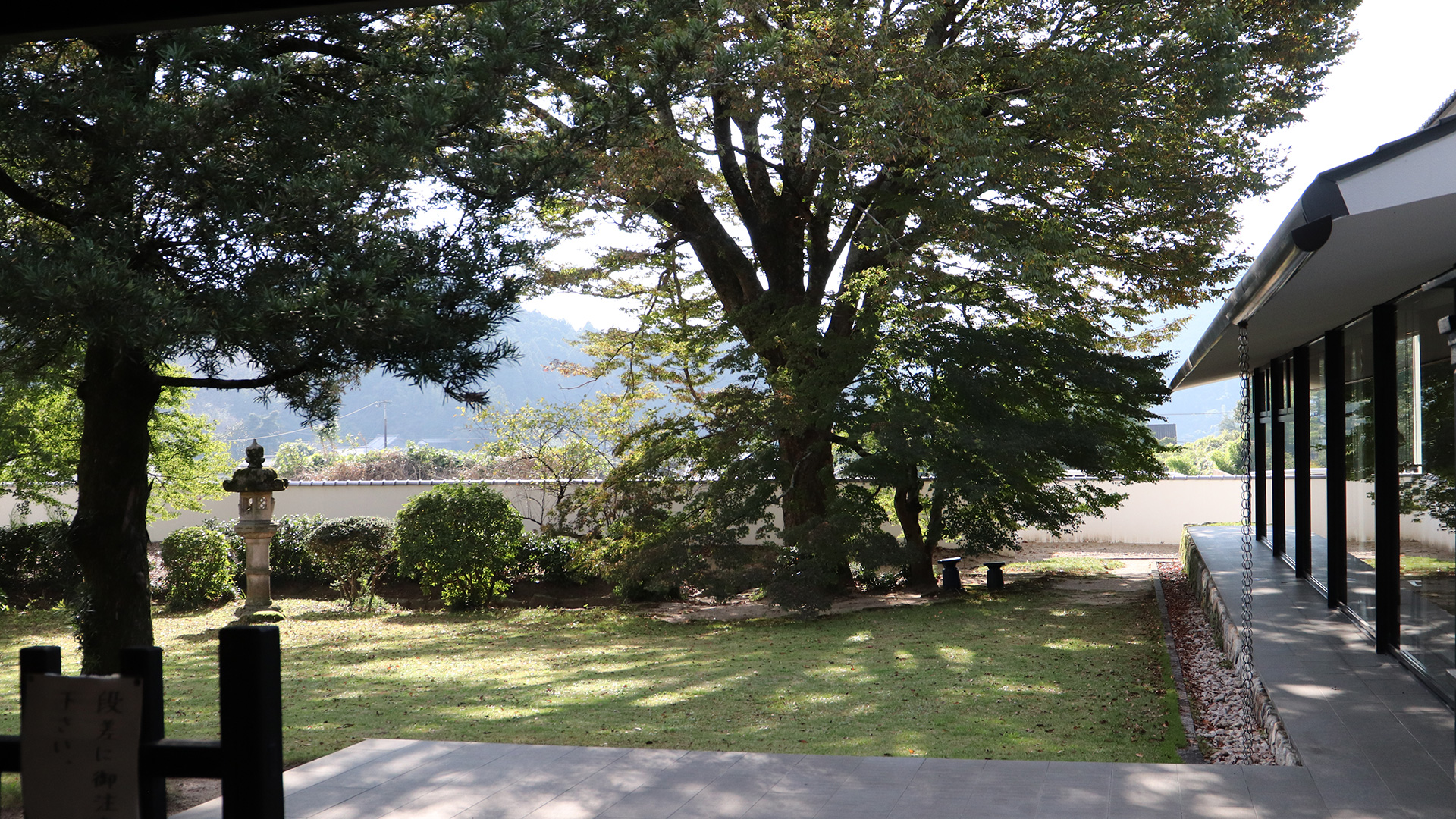
In the alcove, a letter from Kuroda Nagamasa instructing his retainers on castle stonework was placed with solemn reverence. A gourd-shaped flower vase from the Eimanji Takuma kiln and a kettle-shaped mizusashi from the Uchigaiso kiln—held in the collection of the Akizuki Museum of Art—were thoughtfully selected, forming a quiet collaboration between the host and the museum. Notably, the mizusashi had once belonged to Reverend Yamanishi himself, creating a subtle resonance between kindred spirits united by their deep respect for Takatori ware. Like points gently drawn together, a single line emerged—tracing a path of shared reverence and quiet continuity.
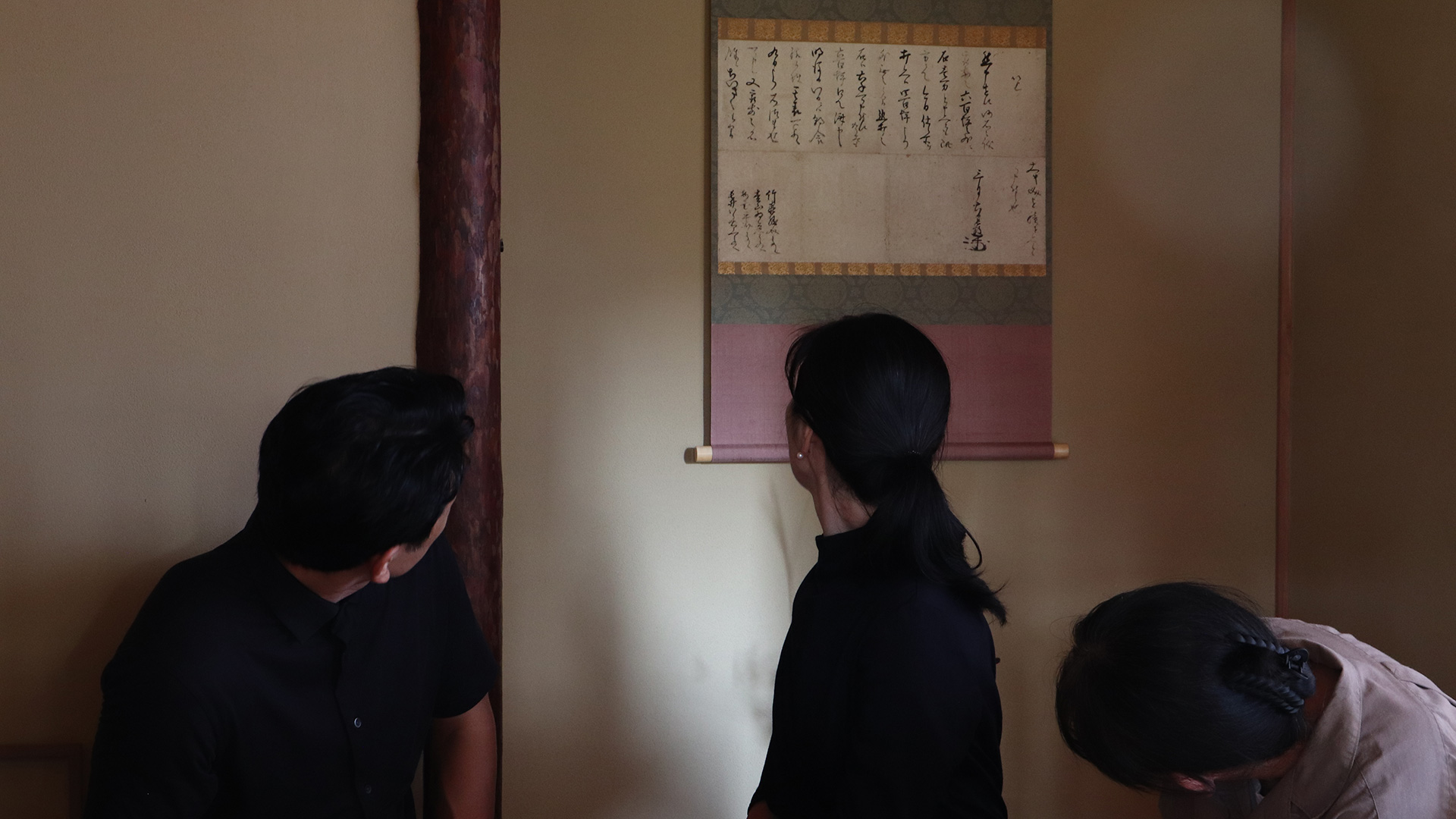
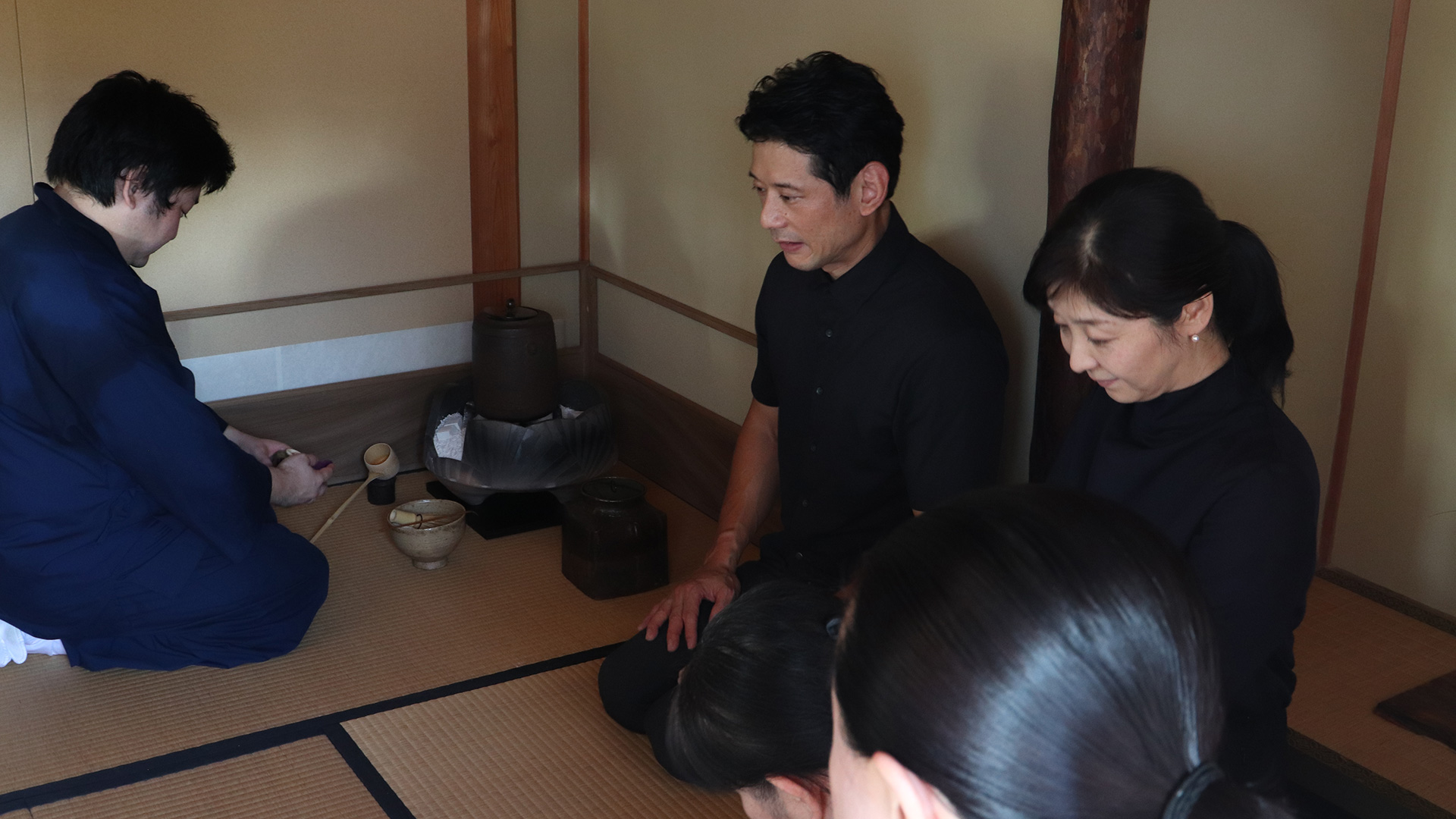
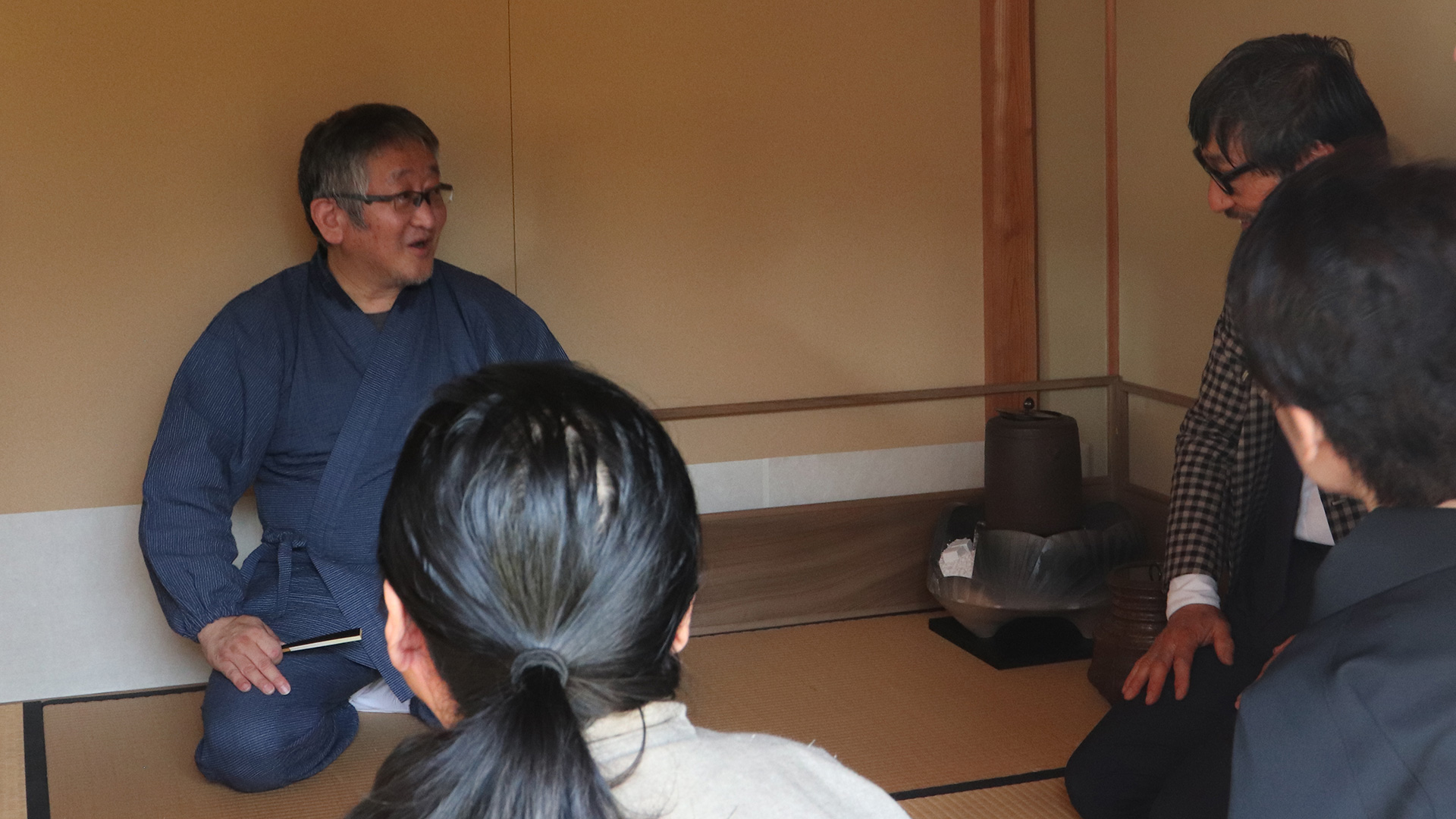
Light filters gently into the tearoom, illuminating the host’s every graceful gesture. Participants attune themselves to the texture of the tea bowl, the lingering scent of incense, and the sound of the wind—quietly engaging with the world contained in a single bowl. Beyond words, a subtle communion unfolds. Through the practice of chanoyu, the art of ma—the space that binds people, place, and season—breathes quietly into being.
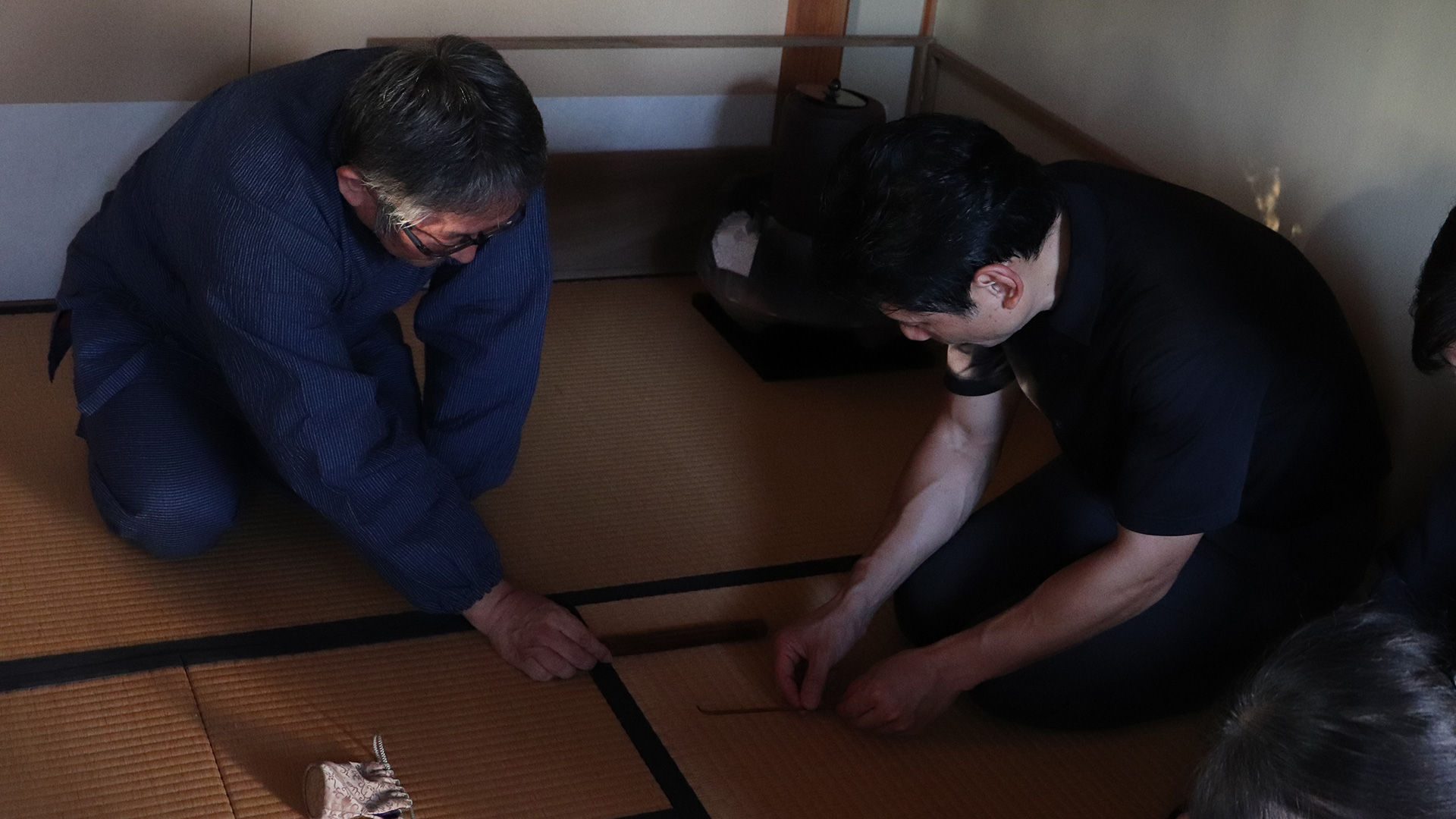
Upon leaving Reverend Yamanishi’s tea gathering, one finds a gentle smile naturally arising. While many hesitate to attend a tea ceremony out of concern for not knowing the proper etiquette, Reverend Yamanishi places utmost value on human connection and the fleeting beauty of each encounter—free from rigid formality. He warmly encourages, “You don’t need to know the rules of tea. Just begin by stepping into its world.” This graceful openness is precisely what makes his gatherings so compelling. Infused with the spirit of Zen, the carefully chosen utensils and singular sense of form and aesthetics create a space of quiet refinement and depth. Though steeped in tradition, the atmosphere is gently enlivened by contemporary sensibilities and moments of lighthearted conversation, adding warmth and familiarity to the experience. Whether one approaches tea with deep reverence or casual curiosity, Reverend Yamanishi’s gatherings offer a place of quiet welcome—an embrace of cultural depth and human kindness.
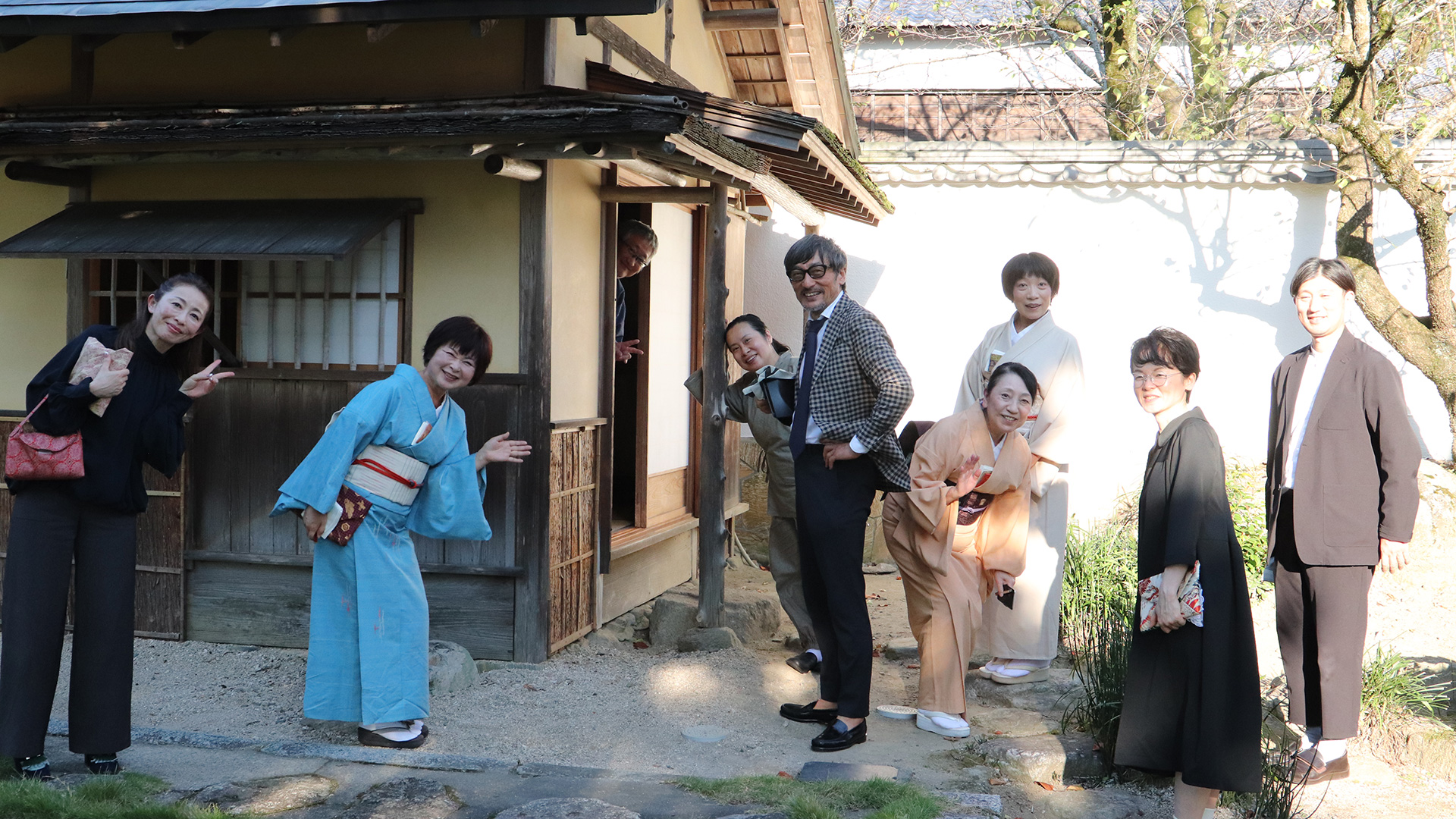
May this moment—where knowledge and beauty quietly converge—serve to deepen our connection with each of you, and bring gentle color to the rhythm of daily life. We extend our heartfelt gratitude to all who attended, and to the Akizuki Museum of Art for graciously providing such a distinguished and historic setting.
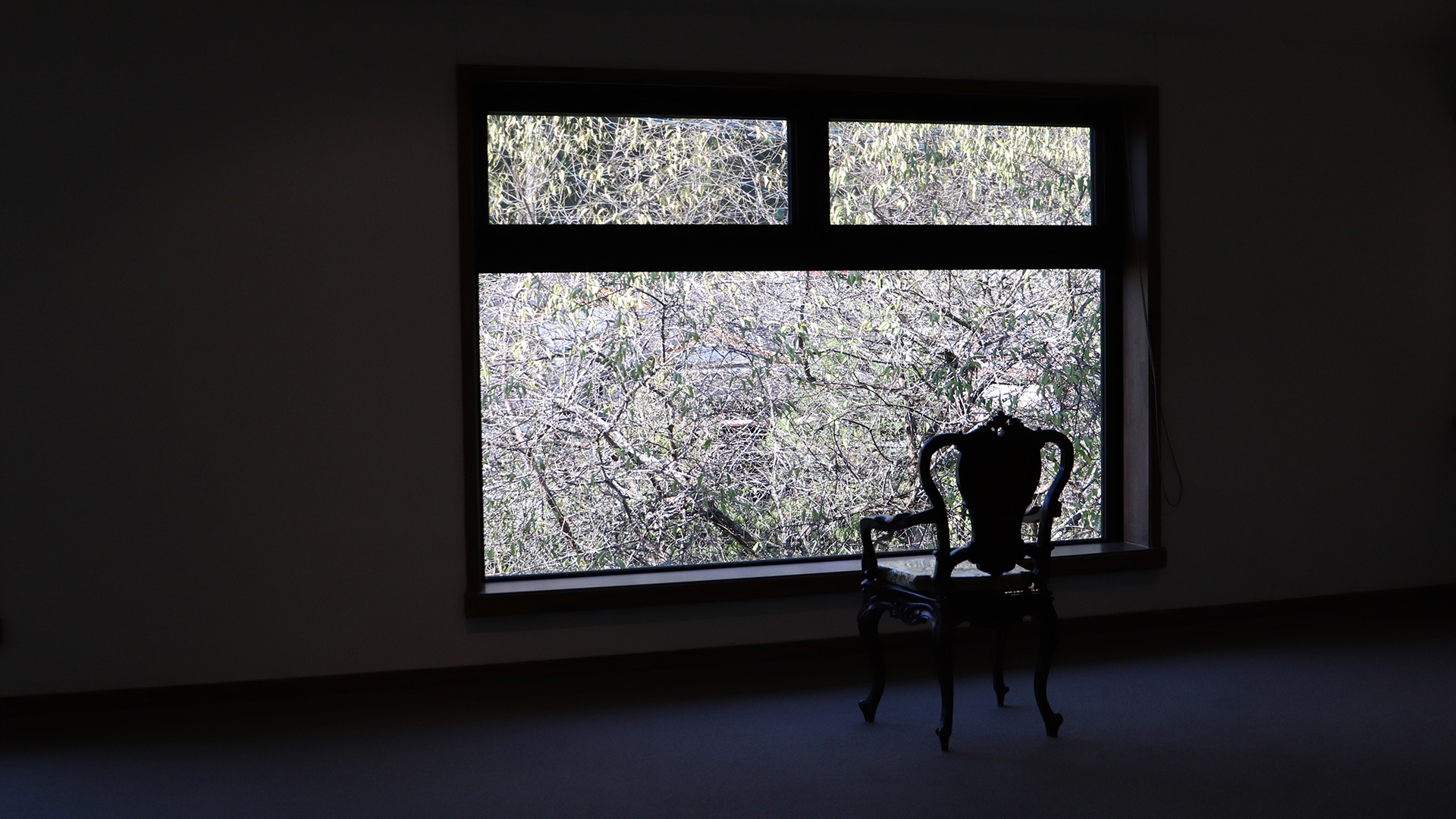
695-1 Notori, Akizuki, Asakura City, Fukuoka Prefecture, Japan
Akizuki Museum of Art


